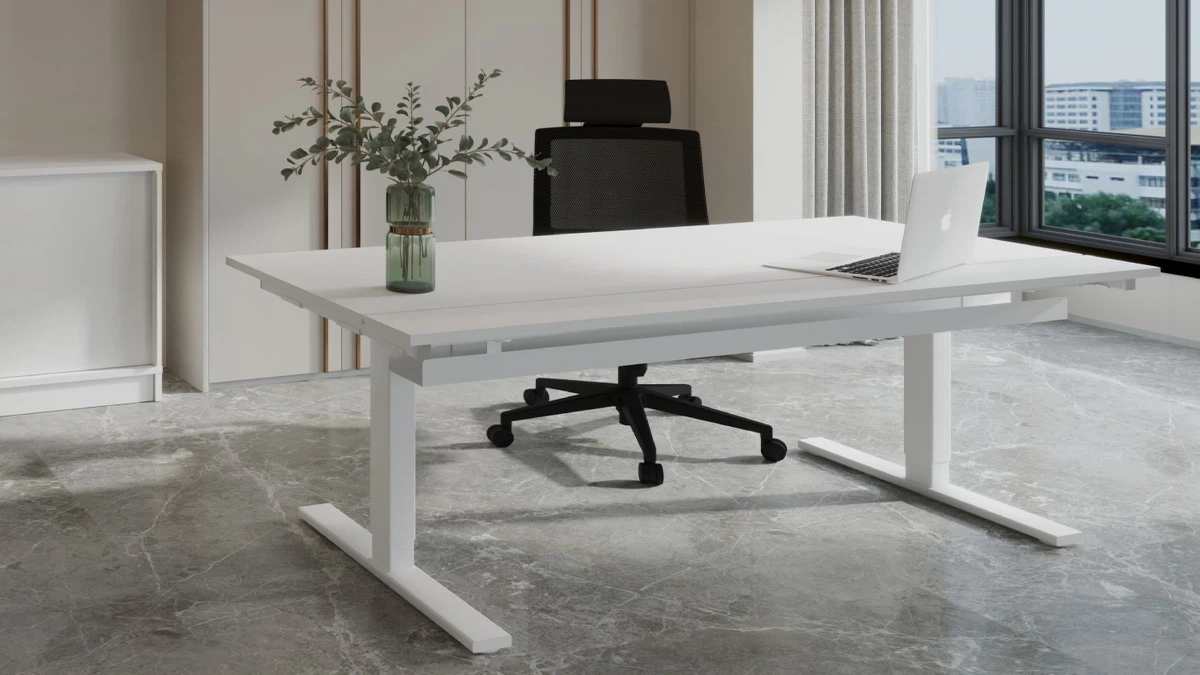
Table lifts, a cornerstone of ergonomic design and mechanical engineering, have evolved significantly over the years. Originating as simple, manually operated platforms, these tools have transformed into sophisticated systems. Initially designed to assist in heavy lifting and material handling in industrial settings, table lifts have now found a place in various domains, including offices and homes. This evolution mirrors broader tech advancements, where the integration of modern tech with traditional tools is reshaping our approach to convenience and efficiency.
Today, table lifts are not just about lifting weights, they represent a seamless blend of functionality and technology, embodying the spirit of innovation that drives modern-day ergonomics and smart design. Table lifts are fascinating machines that help us lift and move heavy things with ease. Let’s take a closer look here at how they work and the different types they come in.
First, the basic design of a table lift is pretty straightforward. It has a flat surface or platform that goes up and down. This movement helps lift objects from a lower level to a higher one or vice versa. Underneath this platform, there are mechanisms that make the lifting possible.
Electric table lifts are the most advanced. They use electricity to power a motor, which then lifts the platform. With just a push of a button, you can raise or lower heavy items. These lifts are really useful in many modern workplaces because they save time and effort.
Now, let’s talk about the innovations in these lifts. Over time, people have made table lifts better by using new materials and designs. For example, using stronger metals or composites makes them more durable and able to lift heavier weights. Some lifts now have features like adjustable speeds, remote controls, or safety locks, making them safer and more user-friendly.
The Role of Table Lifts in Office and Home Environments
Table lifts are becoming really popular in offices and homes. In offices, they’re part of the move towards ergonomic furniture. This means furniture that is designed to be comfortable and healthy to use. Table lifts help because they let people adjust the height of their desks. This way, they can stand while working, which is better for their back and overall health.
In homes, table lifts are being used in cool ways too. They’re part of modern home decor and are super useful. For example, a table lift can turn a coffee table into a dining table. This is great for small apartments where space is limited. They’re also being used in kitchens to adjust counter heights, making cooking and cleaning easier for everyone.
Adjustable tables are also great for our health. When you can change the height of your table, you don’t have to sit in the same position all day. This can help reduce back pain and improve posture. It’s also good for blood circulation when you switch between sitting and standing.
Technological Innovations and Smart Solutions
Table lifts are getting smarter with technology. Some now come with IoT (Internet of Things) integration. This means they can connect to the internet and be controlled with a smartphone app. You can adjust the height of your table with just a tap on your phone!
In the future, we might see table lifts with AI (Artificial Intelligence) and machine learning. They could learn your preferences and adjust the height automatically for different activities.
Also, making table lifts is becoming more environmentally friendly. Companies are using materials that are better for the planet and making sure the lifts last longer. This means less waste and a smaller impact on the environment.
So, table lifts are not just cool gadgets. They’re becoming an important part of our work, home, and health, and they’re getting smarter and greener too.
Solutions Through Engineering and Design Advancements
As we encounter challenges with table lifts, like ensuring they can handle heavy loads and last a long time, engineering and design advancements offer effective solutions. Engineers are focusing on making table lifts stronger and more reliable. They’re using high-quality materials like advanced steel or aluminum, which are both strong and light. This means the lifts can carry more weight without being too heavy or bulky.
Design improvements are also making table lifts more user-friendly and safer. For example, some lifts now have smoother mechanisms that make raising and lowering almost effortless. Safety features, like automatic locks and sensors that stop the lift if something is in the way, are being added to prevent accidents. Moreover, designers are paying attention to how these lifts look and fit into different spaces. They’re creating sleek, modern designs that look good in both offices and homes. This blend of strong engineering and thoughtful design is making table lifts more efficient, safe, and appealing to use.



